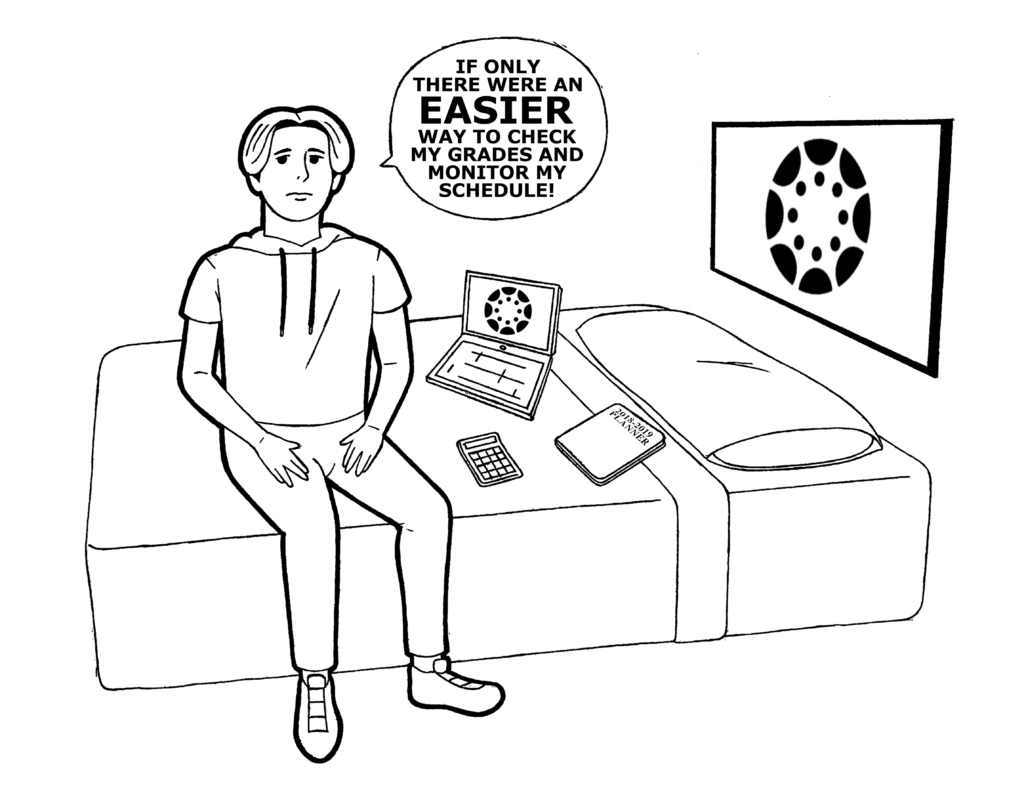Many professors do not use Canvas, and it creates unnecessary stress for students.
As the semester draws to a close, finals week isn’t the only disaster looming over students’ heads. Finals will seal students’ grades next week, and many of them won’t know their grades until it’s already too late.
According to the Fiscal Year 2018-19 Summary Budget, this year Murray State paid over $47,000 so that faculty and students can access Canvas. Because students pay tuition and fees to the University, they are at least partially responsible for these costs. Professors who do not utilize Canvas services to their full potential waste University funds and student fees.
The platform’s main purposes are to make uploading assignments and updating grades easier on the instructor. Students benefit by staying organized, checking due dates and keeping up with their grades.
Although it isn’t necessary, professors have the option to build entire courses on Canvas. It’s incredibly straightforward and easier to use than other popular platforms, such as Blackboard. Conveniently, it’s accessible on multiple smart devices. But when Canvas isn’t used, nobody benefits.
It’s understandable if professors dislike the Internet or do not wish to use it for everything. But if there was one example of its necessity to improve courses and how they are taught, Canvas is it.
It might be the issue that professors find themselves unable to navigate the platform, in which case the University must conduct training workshops on using the software. Murray State should incentivize its use, as well as the training workshops offered to learn how to utilize it.
One of Canvas’ most important uses is for professors to calculate students’ grades, and for students to be able to check them. Unless a professor uses another platform, students cannot monitor how well they’re doing in class.
Being unable to access their grades makes students anxious and can put them in an unhealthy learning environment. Even if just to bring peace of mind, professors should make the effort to keep students informed of their standing.
Canvas is also beneficial for its feature that lets students enter a “what if” scores to weigh their possible final grade. The opportunity to do this helps students total their grades and reduce anxiety.
Some professors withhold grades as a means of intimidation so that students put in more effort. Holding grades back won’t improve a bad student’s work ethic.
They will instead maintain the same amount of effort they applied throughout the semester. This practice punishes students who need a gauge of their scores to succeed.
It’s not fair to take classes in higher education while being unable to check our progress. And it’s only fair for us to decide which classes require more attention than others.
Every student has different interests and skills that will make some courses more difficult than others. Some courses are simply harder than the rest. At the end of the semester, these require more effort for them than others. Students have to balance their efforts, as they can only commit to so much at a time. If students are in the dark about their grades, they can’t rebalance their time and energy into the courses with which they struggle.
Faculty put forth a great deal of effort to prepare lectures and course content. With all that, it can be hard for them to put in grades. However, the course syllabus is a contract between students and professors.
There are certain expectations of each of us, and through Canvas they can be more easily fulfilled. Assignments and deadlines weigh heavily on students for the entire semester, so please put grades into Canvas.
Update: Justin Hutchinson, sophomore from Marshall County, Kentucky started a petition urging the Board of Regents to create a policy to require professors to put grades into canvas under a set deadline. As of Dec. 11, the petition currently has 93 signatures. It is seven away from Hutchinson’s current goal of 100 signatures. The petition can be found here.


























































































